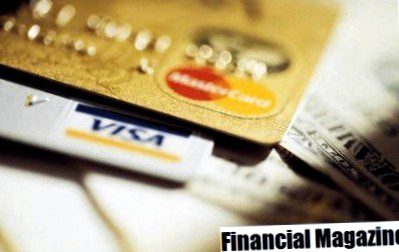
The peer-to-peer economy has revolutionized the way people do business, and the financial sector has seen some impressive advances in the use of P2P applications. One of the most used applications is microlending or microloans. Microloans are small loans issued by individuals rather than banks or credit unions. These loans can be issued by a single person or aggregated across a number of people, each contributing a portion of the total amount. ( See also: economic fundamentals of the sharing economy .)
Often, microloans are made to people in third-world countries where traditional financing is not available to help them start small businesses. Lenders receive interest on their loans and repayment of the loan as soon as the loan is due. Because the credit quality of these borrowers is very low and the risk of default is high, microloans dominate market interest rates, making them attractive to some investors.
Microlending risk and reward
Microlending has been facilitated by the rise of the Internet and the global interconnectivity it brings. People who want to leverage their savings through lending and those who want to borrow can find each other online and do business.
Borrowers' credit ratings are imputed using data (including whether or not the borrower owns a home), a credit check or background check, and repayment history if the borrower has participated in microloans in the past. Even those with excellent credit scores can expect to pay slightly more than traditional loans. As a result, lenders can earn a better return than through traditional savings or CDs. ( See also: Microlending: what is it and how to get involved .)
Because these loans are typically not backed by collateral, the lender can expect little or no recovery in the event of a borrower's default. On Prosper. com, the best-rated borrower can expect to pay at least 6% annually on a loan, and the riskiest borrower will pay an interest rate of up to 31. Pay 9%. If an investor believes that 6% for a relatively safe loan is worth the risk, the loan can generate above-average returns compared to other forms of lending.
Because of the inherent risk of a single microloan, lenders often invest only a small amount per loan, but can fund a portfolio of many dozens of microloans. Therefore, each borrower may find that his loan is financed by a large number of lenders, each of which contributes a small percentage of the total amount. By spreading risk across a wide range of loans with different credit qualities and other characteristics, lenders can ensure that even if one or two default, their portfolios are not wiped out.
Lenders of microlending are usually individuals, as professional investors and financial institutions far outweigh the risks involved. As a result, most microlending is peer-to-peer in its purest sense. ( For more information, see: Peer-to-peer lending breaks down financial barriers .)
Microlending users
Microloans can serve one of two main purposes. The first is to help the poor in third world countries start small businesses. The lenders are people who pledge a certain amount of money to lend it to a deserving entrepreneur in another country.
Companies like Kiva manage microloans for these humanitarian purposes. Borrowers will describe the type of business they want to start, how it will operate, and provide a business plan that outlines day-to-day business operations. Borrowers will often have a personal history and short bio as well. (F or more, see: Improve your karma with microloans. )
The second purpose is to provide loans to people in developed countries who have bad credit and cannot get loans from banks or who are trying to borrow small amounts of money that are less than the amounts required by a bank. Lending Club and Prosper are two companies that manage peer-to-peer microloans for these purposes. A borrower can apply for financing for a number of reasons, which are made explicit to potential lenders. If the lender doesn't trust the borrower, they decide not to fund that particular loan. In some cases, loans cannot be fully funded because they cannot attract enough lenders to contribute.
To date, more than $3 billion has been provided to the Prosper microcredit site and nearly $8 billion through Lending Club. These businesses typically make a profit by charging fees to obtain and hold loans, which are then added to the borrower's interest rate.
The Bottom Line
Microlending is a financial innovation enabled by technology and peer-to-peer economics. People who want to borrow money to earn potentially high returns can fund borrowers who either can't access credit because of geography or can't get loans from traditional sources like banks or credit unions.
Many lenders may fund a single microloan, while others may spread an investment across a portfolio of microloans to diversify their risk. Microloans have high interest rates because they tend to be much riskier than other forms of borrowing and do not provide collateral in case of default.